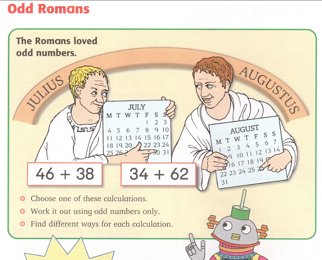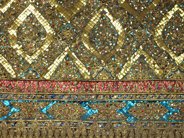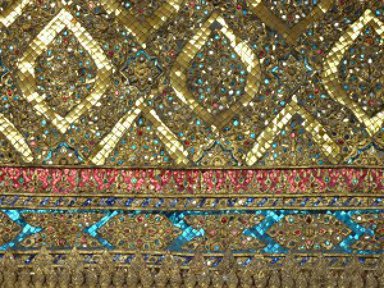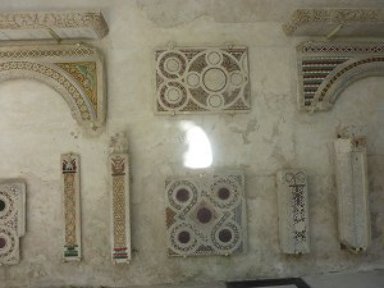The Ancient Romans as a theme offers such a rich context for mathematical starting points. Reading and using Roman numerals is obviously a strong link to historical number systems, but here are a few alternative quick maths ideas to add to your topic on the Romans.
Odd Romans
Download and print this worksheet as a starting point for your Roman maths activities. The task is for children to write each calculation using only odd numbers.Teachers tip
It would be a good idea to set this as a practical problem which the children can visualise and use concrete objects to help them 'tell the story' of a maths problem.
A Roman farmer has 46 brown hens and 38 black hens. He wants to build sheds for all the hens to sleep in. Sheds can be built in any size but the farmer believes it will bring good fortune if each shed has an odd number of hens.
Find different combinations of odd number of hens for each shed that would sleep exactly this number of hens.
Roman water clocks
The Romans used water clocks, with water dripping from one container to another. The water level in the bottom container was marked off to show the time passed.In ancient Rome water clocks were used to make sure lawyers didn’t speak for too long. They struggled to use water clocks in some of the northern countries they conquered, when the water froze!
Your class can make their own water clock. Follow the instructions to make a Compare Bear alarm water clock from a book I wrote some years ago.
Augustus and the naming of months
Ask your class to research the names of the ten Roman months that were used in early Roman times. The Oxford Dictionaries website has a good blog on the origins of names of months.The months were Martius, Aprilis, Maius, Junius, Quintilis, Sextilis, Septembris, Octobris, Novembris and Decembris. Ianuarius and Februarius were added later.
Compare these to our current names – does it help understand the meaning of the names of the months we use? Where did August and July come from? (They replaced the months Quintilis and Sextilis).
Related articles
Teaching measurement using Roman units for length
Specific activities for Y1-2, Y3-4 and Y5-6 on measuring using their feet and steps as non-standard lengths to match with Roman feet, paces and miles.
Roman numerals and clock faces
For Y4 and onwards, can you solve the mystery of 4 on clocks with Roman numerals? Is it IIII or IV?
Roman numerals and using a Roman Calculi
Use a Roman abacus to show different 2-digt numbers and try to add pairs of Roman numbers.






